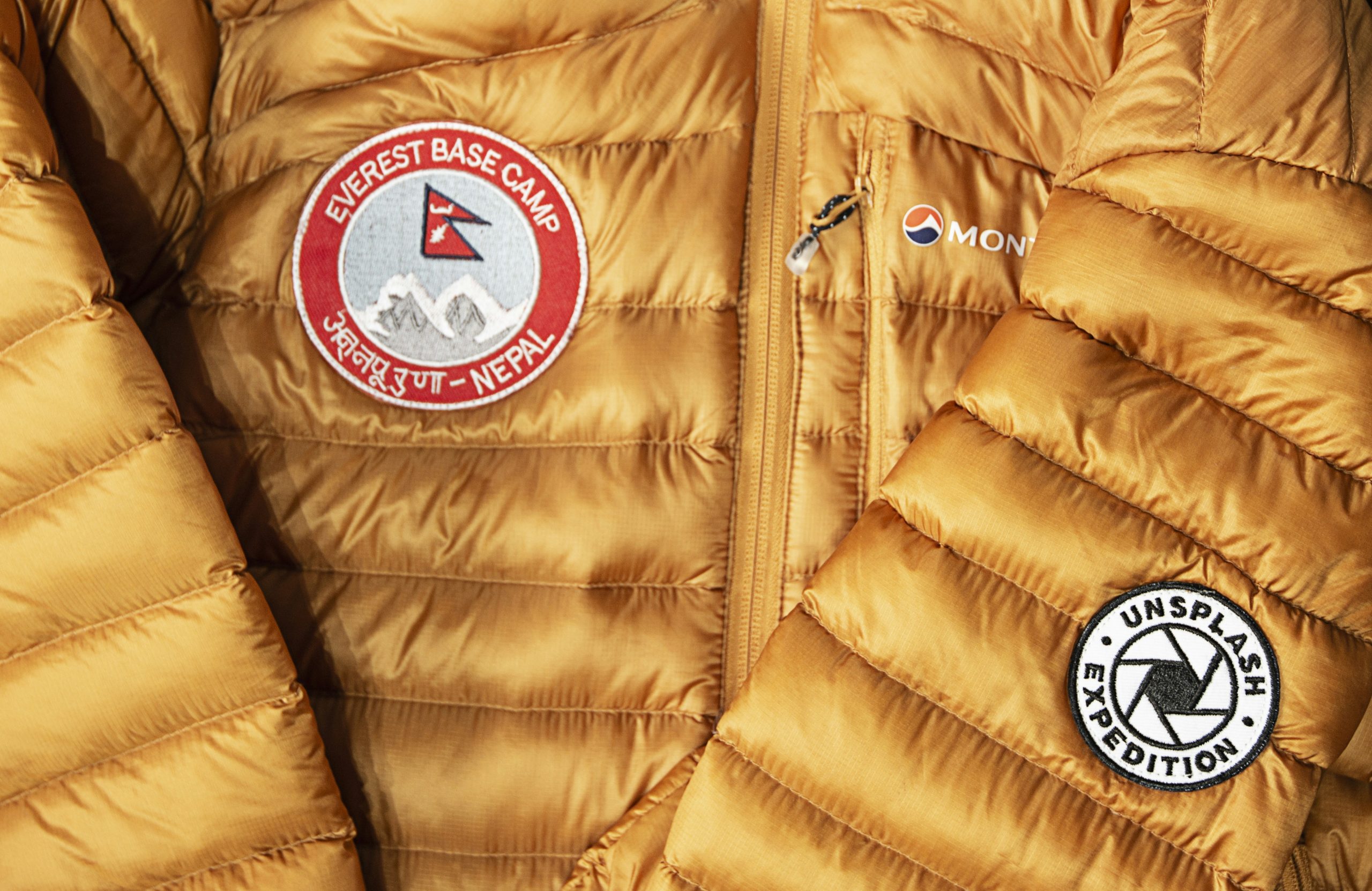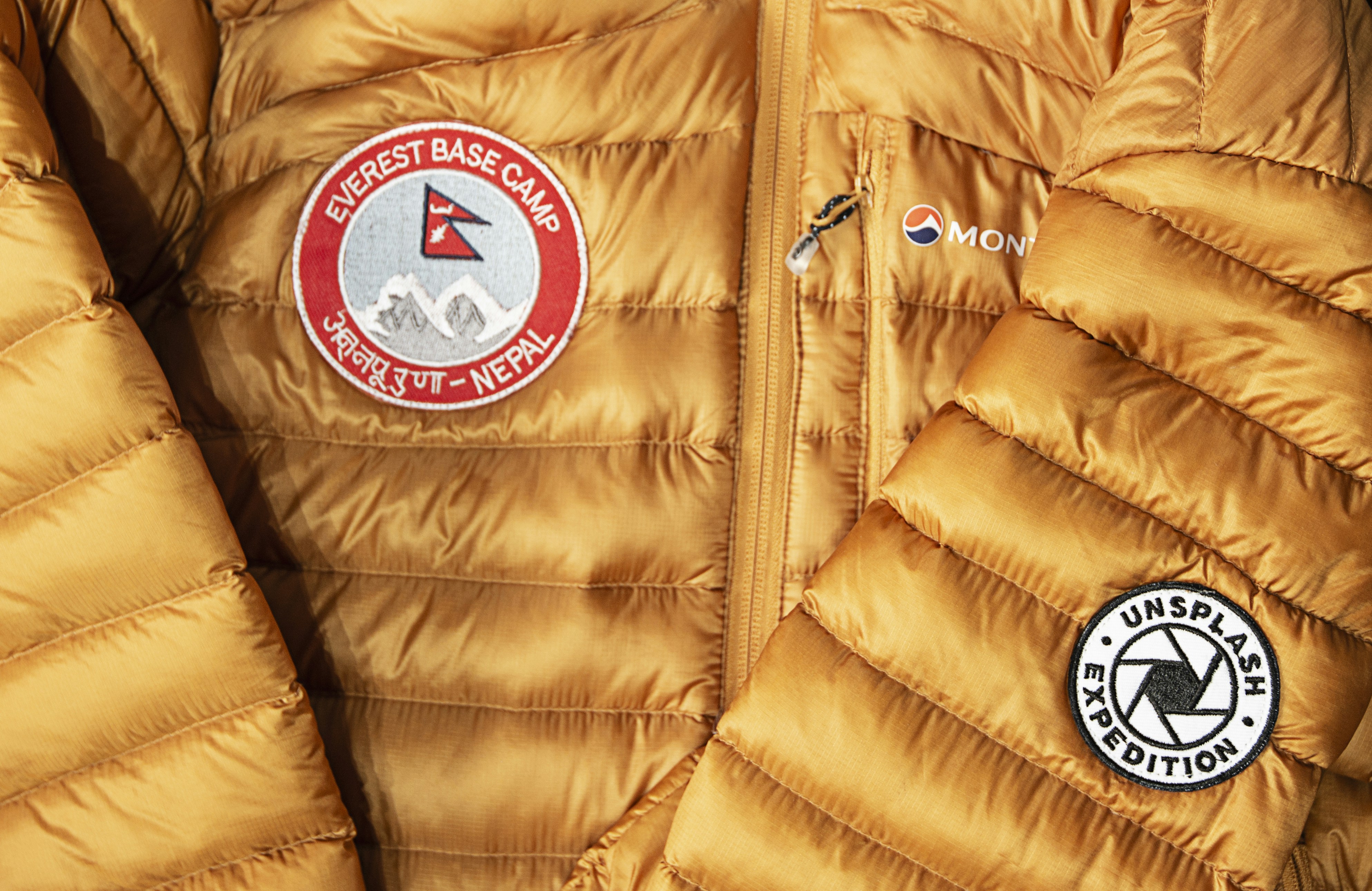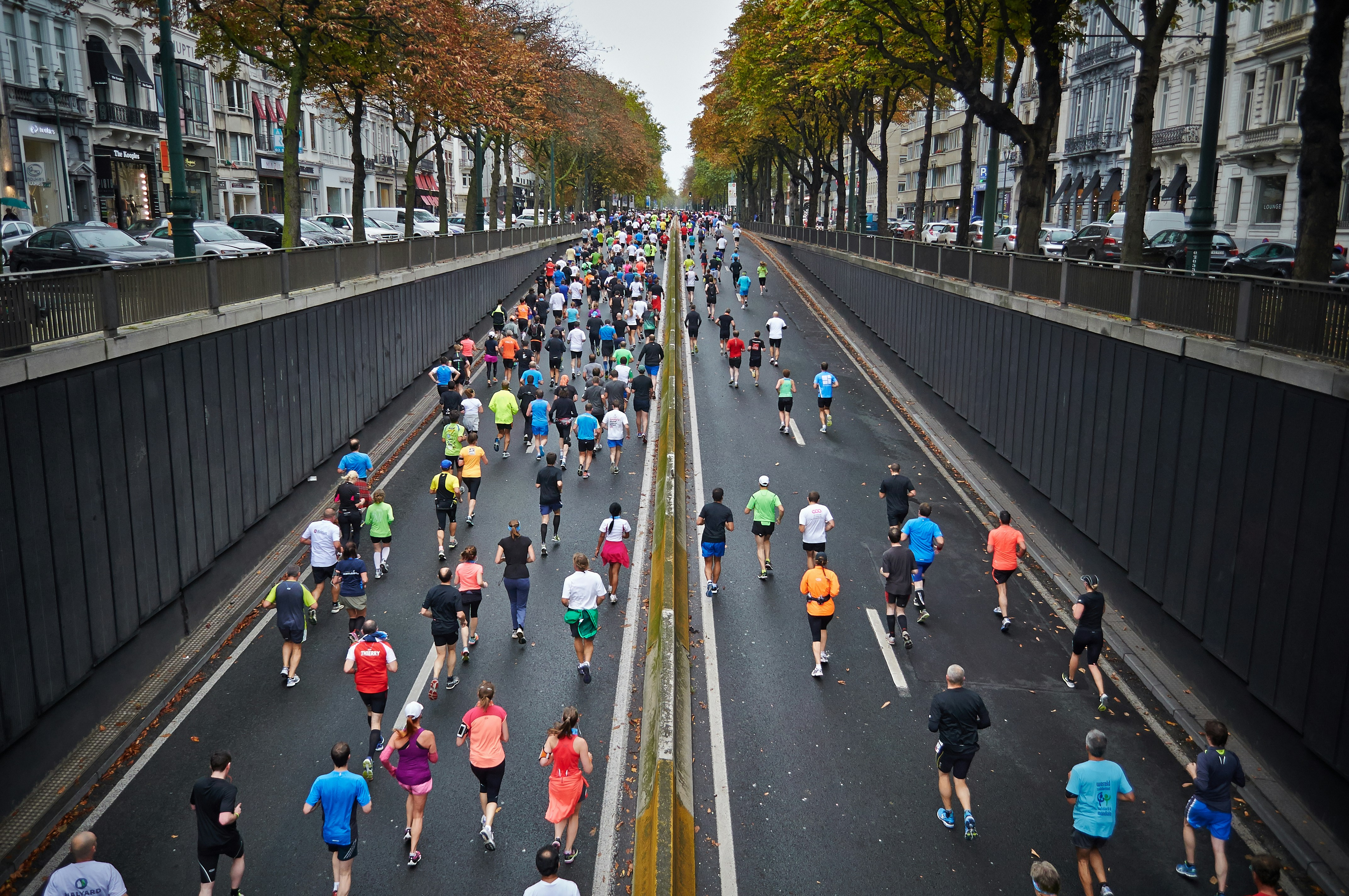
When the rain starts to pour, many runners might be tempted to skip their workout. But what if you could embrace those drizzly days instead? Enter the waterproof running jacket—your ultimate companion for staying dry while pounding the pavement. Designed not just for function but also with style in mind, these jackets can transform a dreary run into an invigorating experience. Whether you’re training for a marathon or simply enjoying a jog around your neighborhood, understanding how a waterproof running jacket protects you is key to making every mile count—even when Mother Nature doesn’t cooperate. Let’s dive into everything you need to know about this essential piece of gear!
The Importance of a Waterproof Running Jacket
A waterproof running jacket is more than just an accessory; it’s a game-changer for outdoor enthusiasts. When the skies open up, having this protective layer can mean the difference between a refreshing run and an uncomfortable slog.
Rain can soak through clothing quickly, weighing you down and chilling your body. A quality waterproof jacket keeps moisture at bay, ensuring you stay dry from the outside in.
Additionally, unpredictable weather shouldn’t derail your training plans. With a reliable jacket, you’re empowered to embrace all conditions—rain or shine—and stick to your routine without hesitation.
Moreover, many jackets are designed with breathability in mind. This feature allows sweat to escape while keeping external water out, helping regulate body Women’s waterproof running jacket temperature during intense workouts.
Investing in a waterproof running jacket opens doors to new adventures and ensures that nothing holds you back on your path toward fitness goals.
Understanding Water Resistance vs. Waterproof

When shopping for a waterproof running jacket, it’s essential to understand the difference between water resistance and waterproof capabilities.
Water-resistant jackets can repel light rain but may not hold up against heavy downpours or prolonged exposure to moisture. They often feature treated fabrics that prevent water from soaking in but might allow some seepage over time.
On the other hand, waterproof jackets are designed to keep you completely dry under harsh weather conditions. These garments use specialized materials and construction techniques like sealed seams and breathable membranes that block water while allowing sweat vapor to escape.
Knowing this distinction helps runners choose the right gear for their needs, ensuring optimal comfort and protection during every run. A solid understanding of these terms empowers athletes to make informed decisions about their outdoor apparel choices.
Materials Used in Waterproof Running Jackets
When it comes to waterproof running jackets, the materials play a crucial role in performance. Many jackets feature advanced synthetic fabrics that provide excellent water resistance while remaining breathable.
Gore-Tex is a popular choice among outdoor enthusiasts. This material ensures that moisture from rain stays out, yet allows sweat vapor to escape.
Another common fabric is nylon or polyester treated with a durable water repellent (DWR) fashion finish. These materials are lightweight and flexible, making them ideal for runners who need freedom of movement.
Some brands also incorporate innovative technologies like seam sealing and membrane layers, enhancing their waterproof capabilities further.
Additionally, eco-friendly options made from recycled materials are becoming more prevalent in the market, appealing to environmentally conscious athletes without sacrificing performance.
Features to Look for in a Quality Waterproof Running Jacket
When searching for a quality waterproof running jacket, consider ventilation. Look for jackets with breathable materials and strategically placed vents. This helps regulate your body temperature while keeping moisture out.
Next, check the fit. A good running jacket should allow freedom of movement without being too loose or restrictive. Adjustable cuffs and hems can help customize the fit to prevent water from sneaking in.
Pockets are also essential—opt for options that zip securely to keep your essentials safe during your run. Reflective elements add visibility on low-light days, enhancing safety as you navigate through rain-soaked paths.
Examine the weight of the jacket. Lightweight designs offer comfort without sacrificing protection against wet weather conditions, making them perfect companions for any runner’s wardrobe.
Benefits of Wearing a Waterproof Running Jacket

A waterproof running jacket offers essential protection from the elements. Staying dry allows you to maintain your body temperature during chilly, wet runs.
These jackets are also designed with breathability in mind. This means they prevent overheating while keeping moisture out, ensuring a comfortable experience no matter how hard you push yourself.
Visibility is another key benefit. Many waterproof jackets feature reflective materials that enhance safety on dimly lit streets or trails.
The lightweight nature of these jackets makes them easy to carry and pack away when not in use. You can easily stash one in your running belt or backpack for unexpected weather changes.
Wearing a quality waterproof jacket boosts confidence. Facing rain or wind becomes less daunting knowing you’re equipped to tackle whatever conditions come your way.
Tips for Caring and Maintaining Your Waterproof Running Jacket
Caring for your waterproof running jacket ensures its longevity and performance. Start by checking the care label for specific washing instructions. Most jackets can be machine washed on a gentle cycle with cold water.
Avoid using fabric softeners or bleach, as these can compromise the waterproof coating. Instead, opt for a mild detergent designed for technical fabrics.
After washing, air dry your jacket rather than tossing it in the dryer. This method maintains the integrity of its materials and helps avoid any shrinkage.
To restore water repellency over time, consider applying a DWR (durable water repellent) treatment after several washes. Ensure that you follow product instructions closely for best results.
Store your jacket in a cool, dry place away from direct sunlight to prevent fading and degradation of materials. Proper storage will keep it ready when those rainy days call you outside!
Conclusion
Choosing the right waterproof running jacket can significantly enhance your outdoor experience. A quality jacket not only shields you from rain but also ensures breathability, comfort, and mobility during your runs. Understanding the differences in water resistance levels and knowing what materials are used can help you make an informed choice.
When selecting a waterproof running jacket, look for essential features such as ventilation zippers, reflective elements for safety in low light, and adjustable hoods or cuffs that keep rain out without compromising movement. The benefits of wearing one extend beyond just staying dry; it allows you to train consistently regardless of weather conditions.
Maintaining your waterproof running jacket is equally important for its longevity and performance. Regularly clean it according to care instructions and reapply any durable water repellent (DWR) treatment when necessary to maintain its effectiveness.
Investing in a high-quality waterproof running jacket means you’re ready to tackle rainy days with confidence. Whether you’re training for an event or simply enjoying a leisurely jog, this essential piece of gear will keep you comfortable while protecting you from the elements. Stay dry, stay active!



